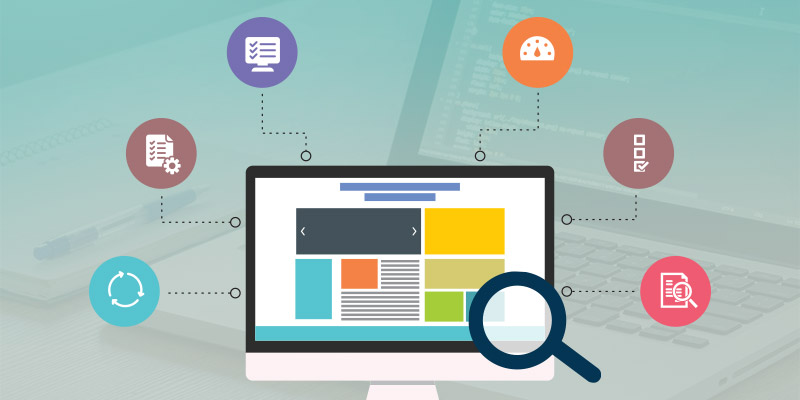
In today’s increasingly digital world, ensuring equal access to technology for everyone is essential. As technology permeates every aspect of our lives whether in work, entertainment, healthcare, or education the need for digital inclusion becomes more pressing. This concept goes beyond simply allowing people to use technology; it aims to ensure that everyone, regardless of their abilities or backgrounds, can fully participate in the digital landscape. Over the past five years, I have come to understand and appreciate the vital role software testing plays in achieving this goal.
My Journey Into Software Testing
Sometime ago, I found myself at a crossroads in my career. With a keen eye for detail and a strong desire to solve problems, I was drawn to the IT sector but unsure of my path. Software testing emerged as the perfect blend of technical skills, creativity, and analysis exactly what I was searching for.
I immersed myself in the industry, learning everything from basic manual testing to advanced automation frameworks and performance testing through rigorous training and self-study. My aim was to gain a comprehensive understanding of the software development lifecycle, not just the technical aspects. I quickly realized that the true purpose of software testing is to ensure that applications work well for all users, not just to find defects.
The Role of Software Testing in Promoting Fairness
Software testing plays a crucial role in ensuring fairness by making sure that applications perform consistently across different devices, operating systems, and user environments. In a world where software drives everything from online banking to healthcare services, it is essential that these applications function seamlessly for all users, including those who may rely on assistive technologies or have slower internet connections.
Early in my testing career, I learned the importance of considering edge cases—situations that may be unlikely but can lead to significant issues if ignored. By focusing on these scenarios, testers like me help prevent the development of software that works for only a select group, thereby fostering fair and equitable digital experiences.
Ensuring Accessibility Through Testing
Accessibility is a key aspect of digital inclusion. Ensuring that digital products are usable by everyone, including individuals with disabilities, is a critical responsibility of software testing. Making software usable for all is just as important as confirming that it functions correctly.
Over the years, I have had the opportunity to incorporate accessibility testing into various projects. This involves checking functionalities such as keyboard navigation, colour contrast, and screen reader compatibility, all while ensuring compliance with guidelines like the Web Content Accessibility Guidelines (WCAG). By identifying barriers that may prevent individuals with disabilities from engaging fully with digital content, we can address these issues early in the development process.
The Shift-Left Approach: Early Testing for Better Inclusion
One of the main strategies I have advocated for in my career is the shift-left approach to testing. This method integrates testing early in the software development lifecycle rather than waiting until the end. By identifying issues related to fairness and accessibility early on, we can resolve them before they become entrenched in the software, ultimately saving time and resources.
In my experience, early testing has significantly improved software quality and inclusivity. For instance, in one project, we discovered a potential accessibility issue early in the design phase, allowing the team to modify the layout before any code was written. This proactive approach not only saved time but also ensured that the final product was accessible to all users from the outset.
The Broader Impact: Cultivating a Culture of Quality
As my career has progressed, I have focused on fostering a culture of quality within my teams while transitioning from hands-on testing to leadership roles. Quality should be a shared responsibility among all team members, not just the testing teams. By promoting open communication and collaboration across departments, I have seen teams become more proactive in ensuring that the software we develop is inclusive, equitable, and accessible. In today’s fast-paced development environment, this culture of quality is crucial. By prioritizing fairness and accessibility from the start, we can avoid the pitfalls of rushed releases that may disadvantage or exclude certain users.
The Future of Software Testing and Digital Inclusion
Looking back on my journey, I take pride in the impact I have made through software testing to promote digital inclusion. However, much work remains to be done. The field of software testing continues to evolve with new techniques and technologies, and it is vital that we keep fairness and accessibility at the forefront of our testing processes moving forward.
The integration of artificial intelligence (AI) and machine learning into software testing is providing innovative tools and methods for identifying issues that traditional approaches might miss. These advancements have the potential to revolutionize accessibility testing, making it faster and easier to pinpoint barriers to digital inclusion.

